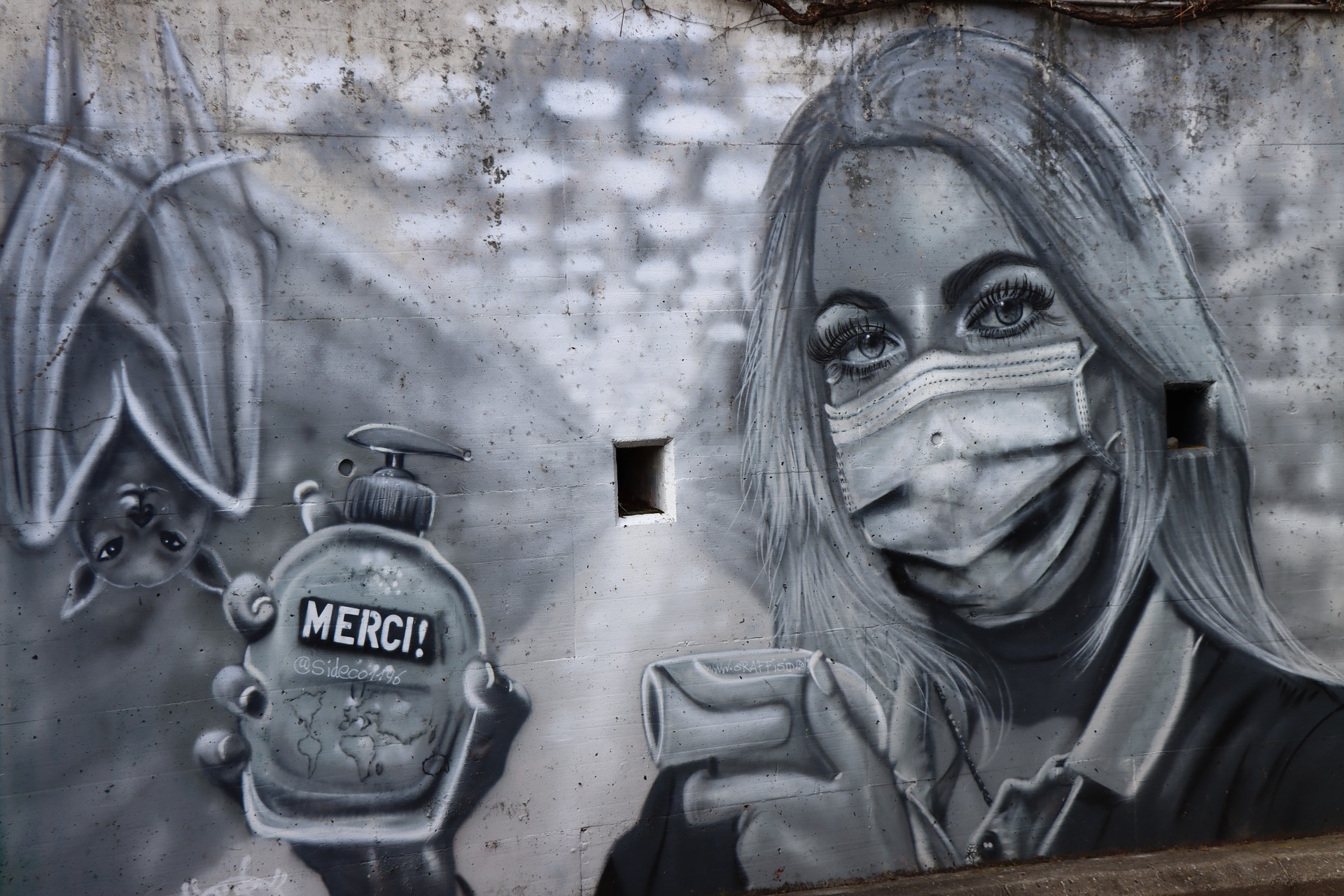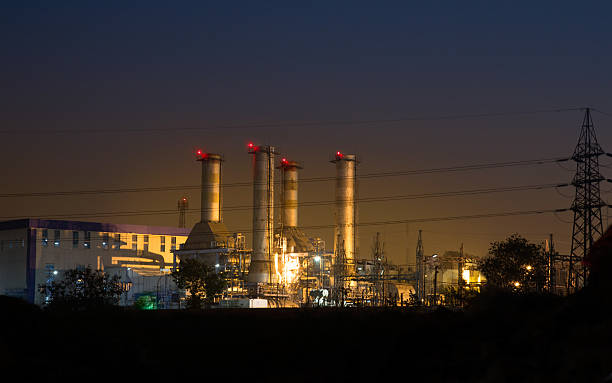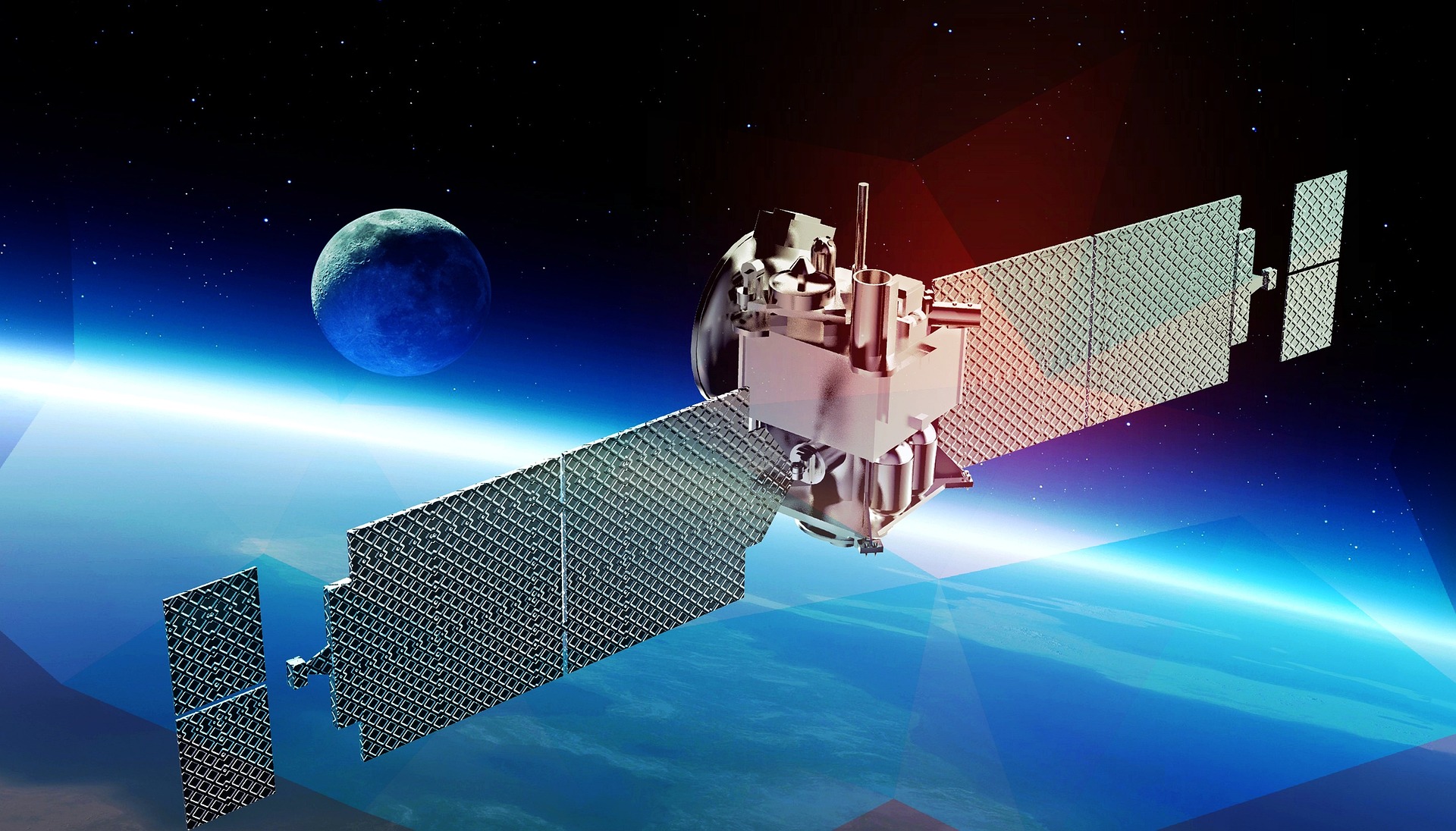New Dawn in Digital Art: The Rise of NFTs in the Art World
Introduction: Digital Art has entered a new era, thanks to the introduction of Non-Fungible Tokens or NFTs. This development is revolutionizing the way we perceive, invest in, and own art. This article delves deep into the world of NFTs, their history, current relevance, and the potential impact on the art industry.

Unfolding the Concept: The Birth of NFTs
Non-Fungible Tokens, commonly known as NFTs, have their roots in cryptocurrency technology, specifically, Ethereum blockchain. Unlike Bitcoin or other cryptocurrencies, NFTs cannot be exchanged on a like-for-like basis, making them unique digital assets. The inception of NFTs can be traced back to 2017, with the launch of CryptoKitties, a blockchain-based virtual game that allowed players to adopt, raise, and trade virtual cats.
Current Scenario: NFTs and the Art World
Fast forward to 2021, and NFTs have infiltrated the art world. The most notable example came in March when digital artist Beeple sold an NFT-based artwork for a staggering $69 million at Christie’s auction house. This event marked the first time a major auction house had sold a purely digital work and signaled a significant shift in the art market’s perception of digital art.
The Impact: NFTs Reshaping Artistic Ownership
NFTs are transforming the way artists sell their work and how collectors invest in art. For artists, NFTs provide a new platform for selling their work directly to collectors, bypassing galleries or auction houses. They also enable artists to retain the copyright of their work and earn royalties on future resales. For collectors, NFTs offer a new form of digital ownership, backed by blockchain technology, ensuring the artwork’s authenticity and provenance.
The Reception: Embracing the Digital, Questioning the Environmental
The rise of NFTs in the art world has been met with a mixed response. On one hand, digital artists have embraced this new medium, rejoicing in the newfound recognition and financial success. On the other hand, environmentalists are voicing concerns about the high energy consumption of blockchain technology, prompting a debate on the sustainability of NFTs.
Towards the Future: The Potential and Pitfalls of NFTs
As the art world continues to grapple with the impact of NFTs, the future remains uncertain. While NFTs have the potential to democratize art ownership and provide financial security for artists, critics warn of a speculative bubble, likening NFTs to the dot-com boom of the late 90s. Furthermore, issues concerning copyright infringement and the ‘minting’ of unauthorized digital content raise questions about the regulation of NFTs.
In conclusion, NFTs have ushered in a new chapter in the art world, one that challenges traditional notions of ownership, value, and authenticity. But as with any new technology, it will take time to fully understand its potential and pitfalls. One thing is certain, NFTs have put digital art on the global stage, and the world is watching.





